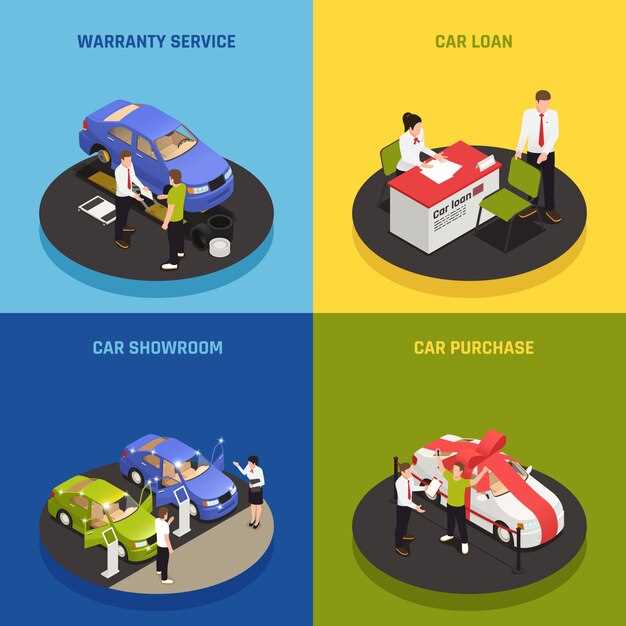Manual vs automatic transmission – pros and cons


When it comes to choosing a vehicle, one of the most significant decisions is the type of transmission it has. The transmission system plays a crucial role in how the car performs, impacting both the driving experience and the overall style of the vehicle. Drivers often find themselves torn between manual and automatic transmissions, each offering a unique set of advantages and disadvantages that can cater to different preferences and driving behaviors.
The driving style is often a decisive factor in this choice. Enthusiasts who enjoy a more engaged and controlled experience typically gravitate towards manual transmissions. This type provides the driver with complete control over gear selection, allowing for a personalized driving experience that many find exhilarating. On the other hand, those who prioritize convenience and ease might prefer automatic transmissions, which offer a smoother and more relaxed driving style, particularly in urban environments or during heavy traffic.
Understanding the pros and cons of both transmission types is vital for making an informed decision. In the following sections, we will break down the key advantages and disadvantages of manual and automatic transmissions, helping you navigate through their distinct features and ultimately determine which aligns best with your driving style.
Understanding Gearbox Mechanisms for Everyday Drivers
The gearbox is a crucial component in any vehicle, serving to transfer power from the engine to the wheels and enabling the driver to control the speed and torque effectively. Understanding how different gearbox mechanisms work can significantly enhance the driving experience for everyday drivers.
Manual transmission systems rely on a mechanical linkage between the driver and the gearbox. Drivers choose the gear ratio by shifting a lever, allowing greater control over power delivery and engine performance. This system is often appreciated for its direct engagement and the ability to optimize fuel efficiency by selecting the most appropriate gear for driving conditions.
On the other hand, automatic transmissions utilize a complex arrangement of gears and hydraulic systems to change gears without driver intervention. This allows the driver to focus on the road rather than constantly shifting. Modern automatic gearboxes often include features such as adaptive shifting, which adjusts gear changes based on driving style and conditions. While this enhances convenience, it may sometimes lead to decreased fuel efficiency compared to manual gear selection in specific scenarios.
Continuously Variable Transmissions (CVTs) represent another innovation in gearbox design. They utilize a system of pulleys and belts to provide an infinite number of gear ratios. This results in smoother acceleration without the traditional gear shifts felt in both manual and automatic transmissions. CVTs can optimize engine performance and fuel efficiency, yet some drivers may find the driving feel less engaging than that of a manual or traditional automatic transmission.
Understanding these mechanisms equips drivers with the knowledge to choose the right type of gearbox that aligns with their preferences and driving habits. Each system has its strengths and weaknesses, and recognizing these can lead to improved driving satisfaction and efficiency on the road.
How Driving Style Influences Transmission Choice

Driving style significantly impacts the decision between manual and automatic transmissions. Enthusiastic drivers who enjoy engaging with their vehicle often prefer manual transmissions. Manuals allow for precise control over gear selection, enabling quick acceleration and heightened responsiveness. This engaging experience appeals to those who prioritize driving performance and seek a more tactile connection with the car.
Conversely, drivers with a more relaxed or urban driving style may favor automatic transmissions. Automatic gear shifting simplifies the driving experience, removing the need for constant gear changes, particularly in heavy traffic or stop-and-go situations. This convenience appeals to individuals who value comfort and ease over the thrill of driving.
Additionally, driving style can also influence how one values fuel efficiency. Manuals often provide better fuel economy for skilled drivers who can optimize gear shifts. In contrast, an automatic transmission might be preferable for those who prioritize consistent performance without the need for continuous attention to gear changes.
Moreover, lifestyle considerations play a role. Drivers who frequently commute or navigate congested areas may opt for an automatic transmission to reduce fatigue. In contrast, enthusiasts or those who partake in sports driving may choose manuals to enhance their driving experience.
Ultimately, the choice of transmission is closely tied to driving style, preferences, and practical considerations, shaping the overall driving experience.
Real-World Performance: Pros and Cons for Manual and Automatic

When it comes to driving performance, both manual and automatic transmissions offer distinct advantages and disadvantages that cater to different styles of driving. Understanding these can help drivers choose the right vehicle for their needs.
Manual transmissions are often favored for their direct control over gear selection. Enthusiasts appreciate the engagement they provide, allowing for precise manipulation of engine power and response. This level of control can enhance performance during spirited drives, enabling drivers to find the optimal torque band and maximize acceleration. Additionally, manual transmissions are usually lighter than their automatic counterparts, which can reduce overall vehicle weight and improve handling.
However, driving a manual can demand more attention and skill, especially in heavy traffic or hilly terrains. Constantly shifting gears can become tiring, diminishing the overall driving experience for those who prefer a more laid-back approach. Moreover, manuals may struggle to deliver the same level of fuel efficiency as advanced automatics in certain situations.
On the other hand, automatic transmissions excel in providing convenience and ease of use. Their ability to shift gears seamlessly allows drivers to focus more on the road rather than the mechanics of driving. Modern automatics, particularly those with dual-clutch systems, can offer rapid gear changes that match or even surpass manual speed, contributing to an impressive driving experience.
For drivers who prioritize comfort and versatility, automatics are often the better choice, especially in urban environments where stop-and-go traffic is common. They typically offer superior fuel efficiency in these conditions due to their adaptive shifting logic and advanced technology.
However, some purists argue that automatic transmissions can dilute the driving experience, feeling detached compared to the tactile feedback of a manual. Additionally, while many automatics have improved significantly, issues of reliability and repair costs can still be a concern compared to more straightforward manual gearboxes.
Ultimately, the choice between manual and automatic transmissions hinges on individual driving style and preferences. Those who value engagement and control may lean toward manuals, while those seeking comfort and ease of operation might find automatics more appealing.



